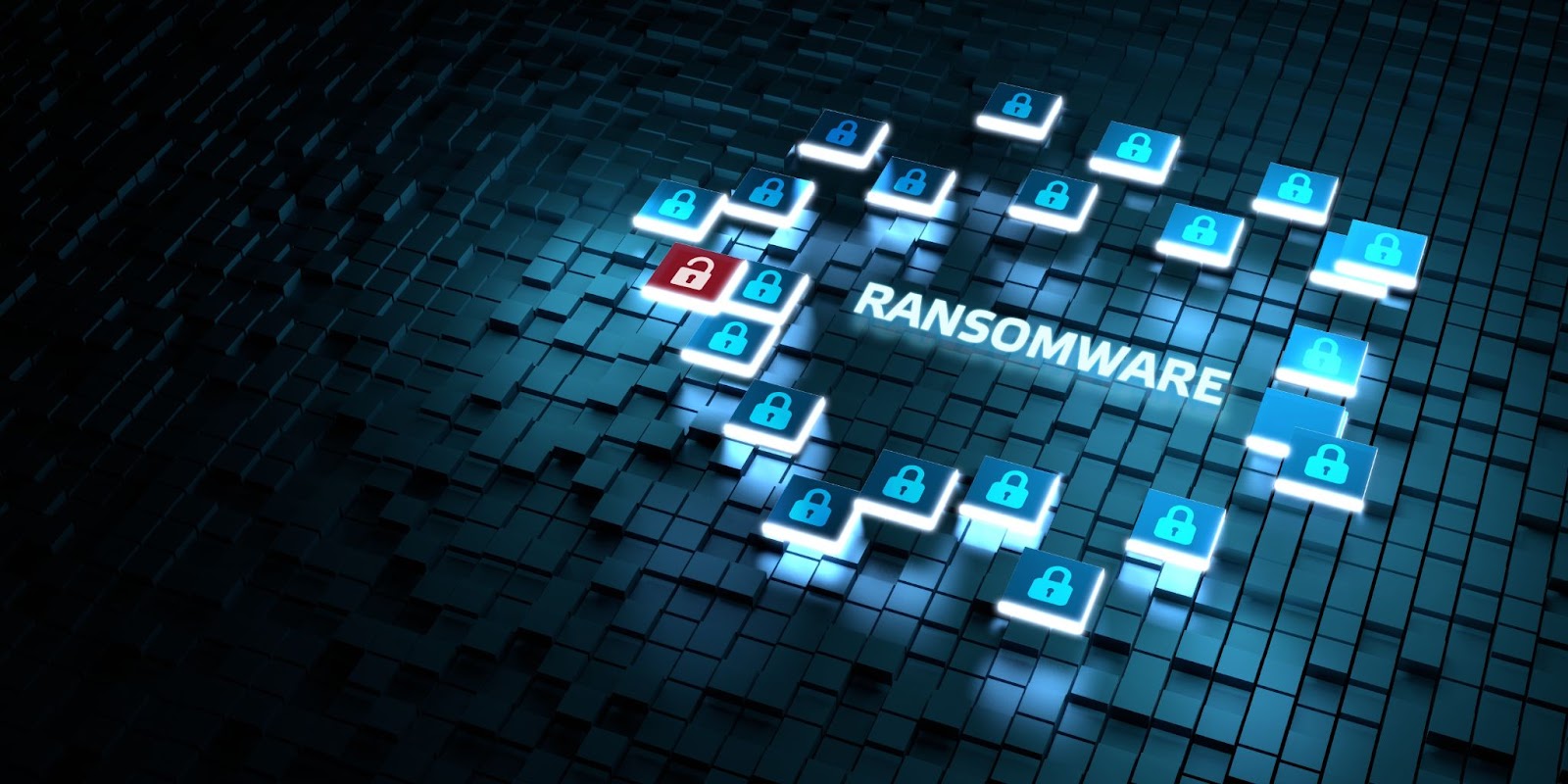In an increasingly digital world, the threat of ransomware attacks looms large. These malicious cyber-attacks can have devastating consequences for individuals and businesses alike. To protect your valuable digital assets, and personal information, you’ve got to take robust ransomware detection measures.
In this article, we will delve into ransomware detection, introduce some powerful software and tools, and provide practical steps to avoid falling victim to ransomware attacks.
Understanding Ransomware Prevention: Exploring the Threat Landscape
Ransomware is a type of malware often associated with hacking, encrypting your data and rendering it inaccessible until a ransom is paid to the attackers. This type of cybercrime has gained notoriety in recent years, causing substantial financial losses and disrupting operations for many different organizations. Here are some real-life examples of notorious ransomware attacks:
1. WannaCry: In 2017, WannaCry infected hundreds of thousands of computers globally, targeting vulnerabilities in Windows systems and causing massive disruptions across industries.
2. Ryuk: Ryuk ransomware emerged in 2018, primarily targeting large organizations. It encrypts files and demands significant ransom amounts, leading to substantial financial losses.
3. REvil: Also known as Sodinokibi, REvil gained prominence for its sophisticated attack methods, targeting businesses through exploit kits and demanding high ransom payments.
The consequences of ransomware attacks are severe, encompassing financial loss, reputational damage, and potential legal repercussions. As an organization, you need to take proactive measures to prevent and detect these threats.
Importance of Ransomware Detection
Early detection and prevention are key to preventing and fighting off ransomware attacks. You can avoid falling victim to extortion by.
Proactive Defense
Ransomware detection allows you to identify and halt attacks before significant damage occurs, minimizing the impact on your operations.
Financial Loss Mitigation
Effective detection helps prevent the need to pay exorbitant ransoms, saving your organization from substantial financial losses.
Protection of Critical Data
Ransomware can encrypt and compromise sensitive information. By detecting these threats early, you can protect your valuable data from unauthorized access and encryption.
What to look for in ransomware detection software
Implementing reliable ransomware detection software is paramount to safeguarding your data. Here are some essential features to consider:
1. Real-time Monitoring: Continuous monitoring of your systems and networks allows for swift detection and response to ransomware activities as they occur.
2. Behavior-based Analysis: Advanced algorithms used by ransomware detection tools can identify ransomware patterns by analyzing suspicious behavior and file encryption activities, enhancing your detection capabilities.
3. Threat Intelligence Integration: Integrating threat intelligence feeds enables you to stay updated on emerging ransomware variants and attack vectors, strengthening your defenses.
Practical Steps to Avoid Ransomware Attacks
While ransomware detection tools provide a crucial line of defense, taking proactive steps can significantly reduce the risk of falling victim to ransomware and other types of malware. Here are some practical measures you can implement:
• Regular Data Backups. Consistently backup your critical files and maintain offline or cloud-based backups. This allows you to restore your data in case of a ransomware incident without having to pay the attackers.
• Implement Robust Cybersecurity Measures: Strengthen your overall security posture by using strong passwords, enabling multi-factor authentication, and regularly updating software and security patches to address vulnerabilities that ransomware exploits.
• Employee Education and Awareness: Train your employees to recognize phishing attempts, suspicious emails, and potential malware sources. Building a culture of cybersecurity awareness within your organization is essential in preventing ransomware attacks.
• Restrict User Privileges: Limit administrative access and implement the principle of least privilege. By granting users only the necessary permissions, you minimize the impact of ransomware attacks that might target privileged accounts.
• Network Segmentation: Divide your network into separate segments to contain the spread of ransomware. This ensures that if one segment is compromised, the entire network won’t be affected.
• Incident Response Planning: Develop a comprehensive incident response plan that outlines the steps to be taken in the event of a ransomware attack. This includes communication protocols, involvement of internal teams, and engagement with law enforcement agencies, if necessary.
SUPERAntiSpyware™. The Best of the Ransomware Detection Tools
Protecting your data from ransomware attacks requires a proactive approach and a comprehensive set of measures. By implementing effective ransomware detection software, following cybersecurity best practices, and educating employees, you can significantly reduce the risk of falling victim to ransomware.
SUPERAntiSpyware™ has been detecting and stopping ransomware in its tracks for over a decade. Now, with the power of AI and our machine learning algorithms, we can tap a database of one billion known threats to proactively monitor your devices.
The best part?
It actively and securely quarantines and removes malicious files, including adware, spyware, and more.
By understanding the nature of ransomware, implementing powerful detection tools, and taking practical steps to fortify your defenses, you can safeguard your data and mitigate the potential impact of ransomware attacks. Don’t wait until it’s too late – prioritize ransomware detection and prevention to ensure the safety and integrity of your digital assets.

